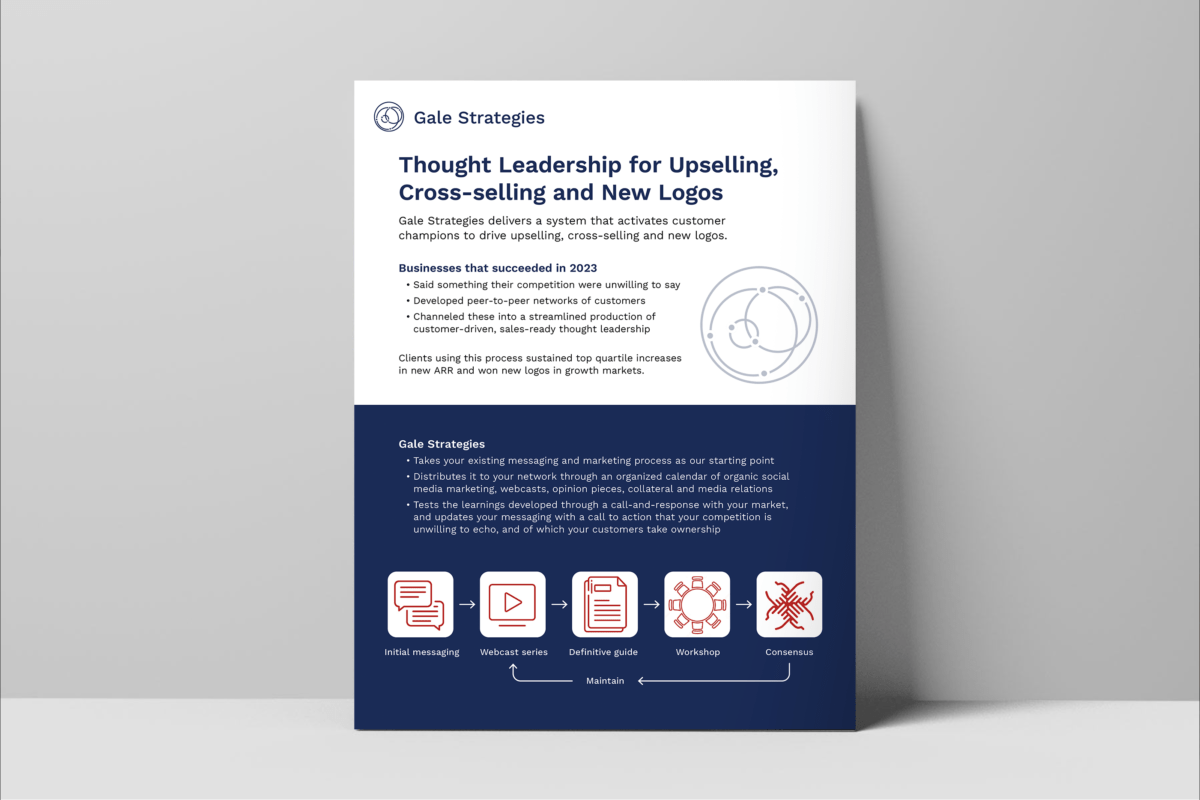Lawyers, accountants, and marketers can learn a lot from Fortnite and Donkey Kong
Too many professional services firms are approaching today’s world of Fortnite-like complexity with strategies more appropriate for Donkey Kong.
Here’s what’s going on.
Web1 games and arcades
The concept behind the classic video game Donkey Kong is simple. For 25 cents at an arcade, a player could guide the hero, Mario, up the girders and ladders of a construction site to rescue the distressed Pauline, who was being held hostage by Donkey Kong, a giant scary ape (though actually the protagonist if you know the actual backstory). Along the way, poor Mario would have to jump over or destroy obstacles like barrels and fireballs that Donkey Kong at the top of the steel tower rolled his way.
The whole thing took place in two highly pixelated dimensions and four colors, pitting the player against the CPU-controlled ape. The game was the cutting-edge star of the early 1980s vibrant arcade scene. By today’s standards, it looks painfully dated, but the franchise became a cultural icon, spawning films, and fashion trends.
The podcast Acquired has a great rundown of the game in the context of the history of Nintendo. We can’t recommend it enough.
Enter… more players
Fortnite, in contrast, is much more sophisticated. And Acquired does a great job with that larger story too.
The game presents three-dimensional hybrid worlds featuring zombies, traps, and fights to the death against dozens of live players who are simultaneously online anywhere around the world. Within months of its release, Fortnite — which can be played on any major computer or gaming format — had become a true cultural phenomenon. Four years later, it remains on the cutting edge.
We could keep going with the evolution of this process by tackling Roblox, but let’s keep it to these two.
So, you’re going to extend the analogy to lawyers?
Now let’s apply this contrast to our industry (marketing) and other professional services like fund administration for instance. In fact, let’s focus on fund services where interesting things are afoot.
Fund services are generally the outsourced partner accounting and operations work of venture capital and private equity firms.
One can view fund services as a series of individual workflows. Composing these workflows are many tasks related to each stage of a particular service. Each stage may include numerous financial reviews and revisions, like attorney approvals, name corrections, and adding phrases here or there to documents, before the service can move forward to its completion. The process is like an assembly line. It’s Donkey Kong.
Serial work vs. parallel processing
Automation makes the process easier and faster. An assembly line worker who has been manually installing rivets will be more productive with an electric rivet gun. It’s much more efficient. But it’s still an assembly line. It still requires the worker responsible for one stage of service to complete the job before passing his work along to the next stage. It’s still Donkey Kong.
Most financial services software reflects the pitfalls of the single-player approach. Single-player software is helpful because one person can go in, do his or her work, and leave so someone else can enter and complete the next step. It’s orderly. But it’s also limited. Project leaders and team members, for example, don’t necessarily know where things stand, for anything at any given point, unless they are in the application. None of the people involved knows where they are in the workflow until everything is completed.
In a multi-player professional service or fund administration model that resembles Fortnite, in contrast, far fewer people must wait for someone else to complete their job before another phase can begin. Numerous people can be in an application or document at the same time. Anyone given access can make necessary changes and everyone can see what everyone is doing.
Let the adventure begin!
Multiple actors can simultaneously review and amend documents. Everyone is always dealing with the current version of the text. It doesn’t matter if they are internal, external, or from a third party. It doesn’t matter if they are in the same place or working from points scattered around the globe. Everybody sees the dialogue and decisions that are being made in real-time. Monitoring progress is built-in, making it easier to understand the status of a process at any time. It’s Fortnite.
In Donkey Kong, Mario could only ever rescue Pauline. In Fortnite, you can do so much more.
Real-world
Here’s how it applies to fund services for example: In a single-player financial tech application, a financial services provider can see a document that a limited partnership has sent, verify the data and note that lawyers have signed off on it. When it’s a multiplayer system, the fund services partner can see and do all of those tasks but also observe delays or problems across limited partnerships and, importantly, intervene and act quickly to fix them. In addition to the fund services partner understanding where tasks are within the flow, they have full audit control with transparency across all parties in the flow.
This is where leaders in the industry like 4Pines Fund Services come in. In the software development world, the multiplayer approach is not particularly new. But it was rare in the private equity industry — up until recently. These kinds of changes are generating a buzz as budgets and operations are getting more focused. This is only going to increase.
This is also where a co-sourcing approach to data and cutting-edge fund administration tech stack comes in, for example, to fix real problems. You’re working to close communication gaps and fix transparency issues between fund managers, investors, and service providers. Most importantly, you’re helping chief financial officers and general partners to identify bottlenecks and key performance indicators to improve speed and efficiency. The automated system reduces human error significantly at critical points within clients’ workflows. Everything is near-instantly trackable, traceable, and auditable.
Fund administrators and private equity managers seeking the most innovative professional services are opting for the multiplayer approach. And this is happening in marketing and legal services.
In private capital, it improves communication between general partners, limited partners, and analysts. It efficiently shepherds sub-docs and other correspondence and compliance through quick and efficient approval processes. It replaces slow pipelines and obstacles with the latest technologies and solutions that keep fund services running flexibly, seamlessly, and dependably.
So what about your industry? Are you ready to play at a higher level? You’d better be.



